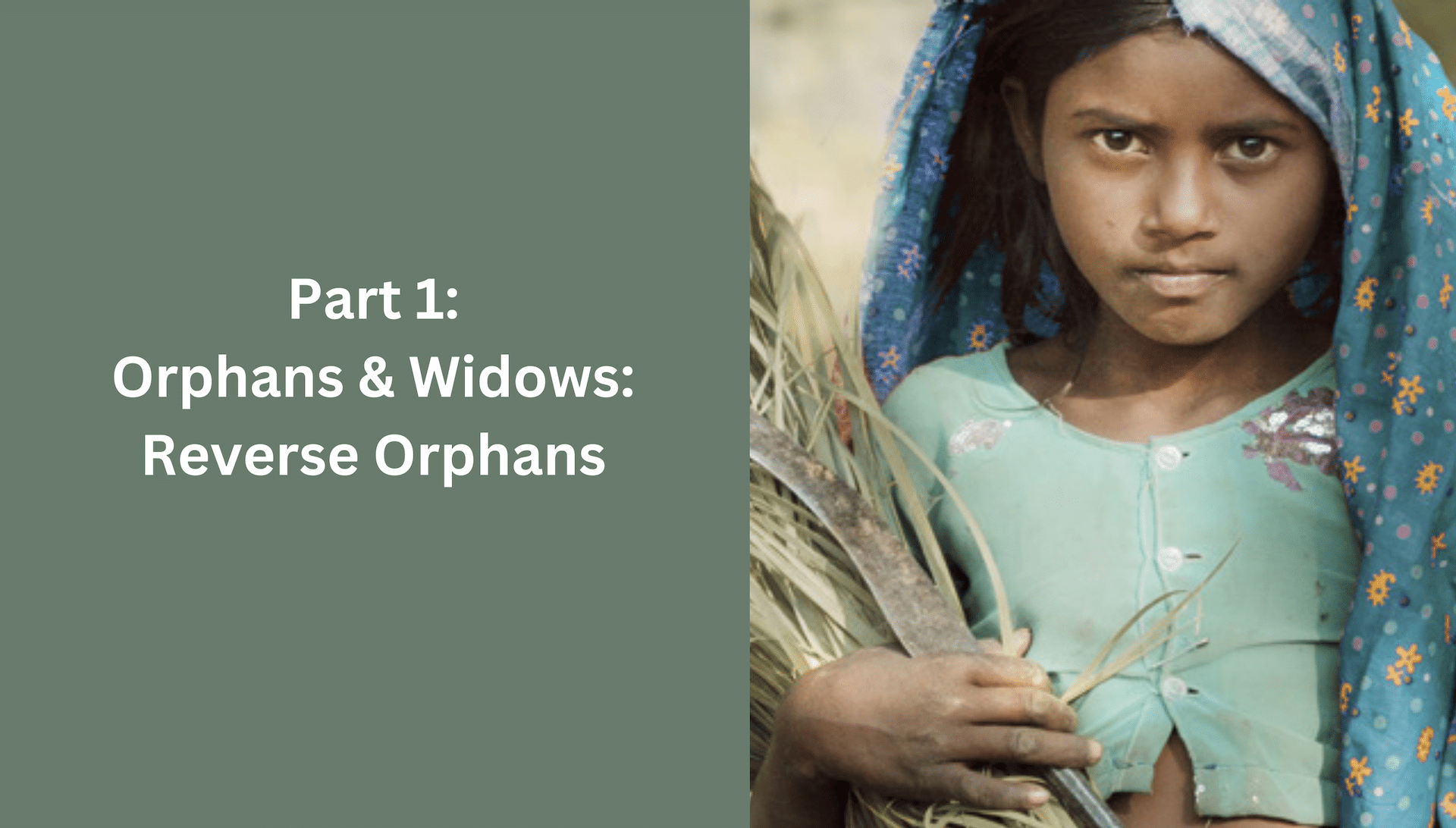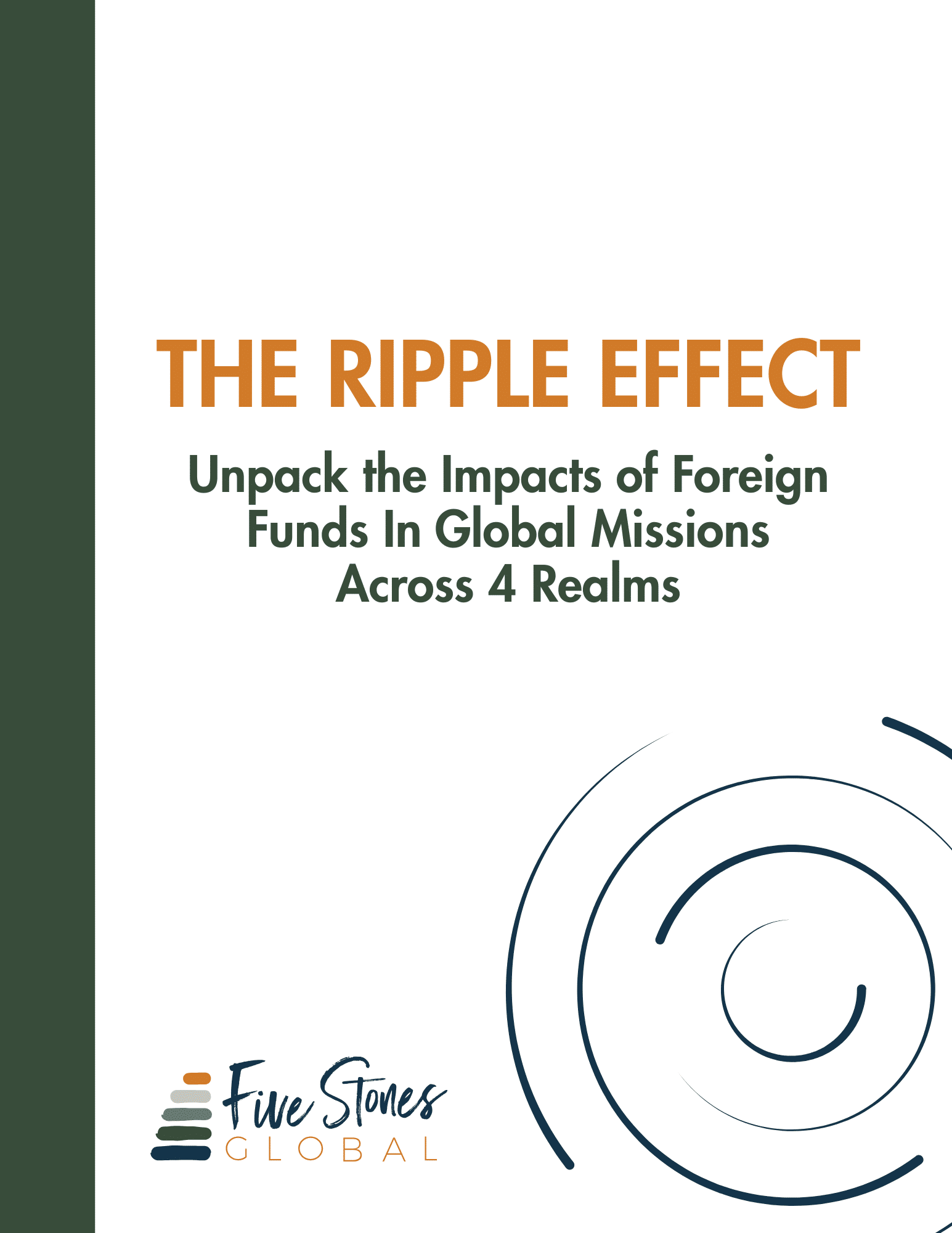By Jean Johnson
There is an organization in Cambodia that serves the purpose of encouraging kids to leave orphanages and go back to their families. I refer to this unique phenomenon as “reverse orphans”—orphans being healthily restored to their families. That sounds ludicrous. Why would there be a need for an organization to get kids out of orphanages?
I spent 16 years of my life in Cambodia. Most recently, I received news about an American Cambodian couple whom I know. Long time ago, their hearts were captured by an orphan boy who lived in an orphanage in Cambodia. They reached deep into their pockets to help him throughout his growing years and even while he reached adulthood. This American Cambodian couple started to notice attitudes of entitlement and misuse of the funds they gave this young man. Pain started to seep into the relationship. The greatest heartache of all was yet to come: He has a parent and/or parents.
This account is not unusual. Somaly Mam was sold into sex slavery as a child. When she became an adult, she set her sights on helping other unfortunate Cambodian children, hence the birth of Somaly Mam Foundation, an American foundation. Somaly became a well-known and well-traveled social activist for Cambodia. She was even able to mobilize the US government and Hollywood stars to invest in her cause in big ways.
There is only one problem. Critics and credible sources claim that Somaly fabricated the account of her childhood to exploit unsuspecting donors, while trying to serve as an activist against exploitation of women and children. Somaly Mam stepped down from the foundation after the organization conducted their own investigation via external legal services.
I recently watched a video entitled: Cambodian Scam Orphanages. In the video, a Cambodian man states: “My name is Sam Soy. I spent seven years in an orphanage. But I am not a real orphan.” If you were to visit Cambodia, you may see some of the following images:
A road sign that reads: “Orphanage . . . Tourists Welcome. Contact . . .”
Tourist companies display advertisements for the following attractions:
- Khmer Rouge Torture Center
- Central Market
- Chisor Temple
- Shooting Range
- Souvenir Shop
- Orphanage
#1
A government study conducted five years ago revealed that 77 percent of children living in Cambodia’s orphanages had at least one parent.4
#2
The number of orphans has been going down, while the number of orphanages is going up.5
#3
We are forever hearing people say, ‘I’ve come to Cambodia because I want to open an orphanage.6
Something is not adding up. What is it? Thomas Fuller refers to it as “misery tourism.7”
“The empathy of foreigners — who not only deliver contributions, but also sometimes open their own institutions — helped create a glut of orphanages.”8
Institutional Orphanages, the Westerner’s perceived solution for orphans, created orphans where they didn’t exist. Western-established and Western-funded orphanages — started with pure intentions and pure means of operation — became an elite opportunity for kids. In other words, the services available for orphans offered an almost instant middle class — services that were better than average for the community and for free, such as three solid meals a day, free education, English classes, organized sports, uniforms, and a constant flow of seemingly rich foreign visitors. It became advantageous for kids to suddenly be orphans, even though they had parents and/or extended family. This doesn’t mean that there were not some children without parents. But it does mean that the Western orphanage culture created “a glut” for orphans.
Unfortunately, the western orphanage culture created “a glut” for orphanages. Opportunists discovered that visitors’ empathy and miserable looking children were a lucrative business, hence the increase in orphanages and opportunities for tourists to add orphanages to their list of attractions to visit.
Why am I bringing up this sad state of affairs? Christians take the plight of orphans and widows seriously and rightfully so. The Bible is abundantly filled with exhortations to care for orphans and widows. There is no doubt in my mind that disciples of Jesus Christ are to take special notice and care of orphans. But, how we go about that is of utmost importance, especially in countries where we understand very little about their worldview and complexities of life. Good intentions are not enough. Even Paul had to instruct the church to practice wise widow care due to the social and spiritual complexities of helping those in need.
I asked a colleague to write up his thoughts on orphanages. Why him? Because he served as a missionary and orphanage director and we can learn from him and others who have ample experience in this area. In his reflection, my colleague shared four assumptions that people hold about orphanages in global mission efforts. We will look at those assumptions in part 2 of this blog: Assumptions about Orphanages in Mission. Furthermore, we will explore what other discoveries people have made about caring for orphans and how people are rethinking orphan care.
4 Thomas Fuller, “Cambodian Activist’s Fall Exposes Broad Deception,” New York Times, June 14, 2014
5 Ibid
6 Ibid
7 Poypiti Amatatham and Thomas Fuller, “Cambodia’s Scam Orphanages,” New York Times, June 14, 2014
8 Thomas Fuller, “Cambodian Activist’s Fall Exposes Broad Deception,” New York Times, June 14, 2014


